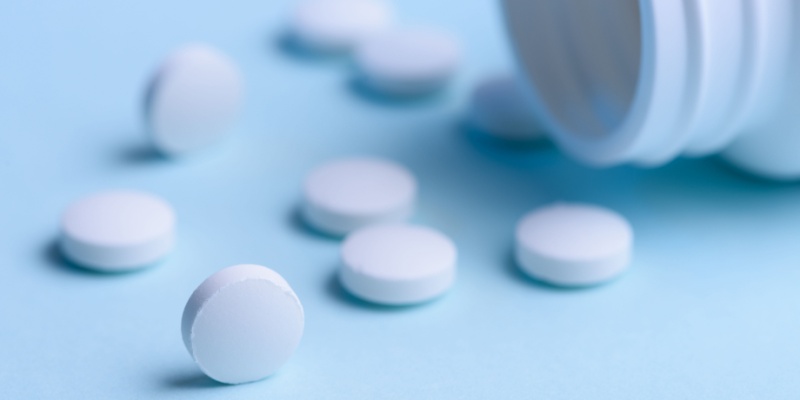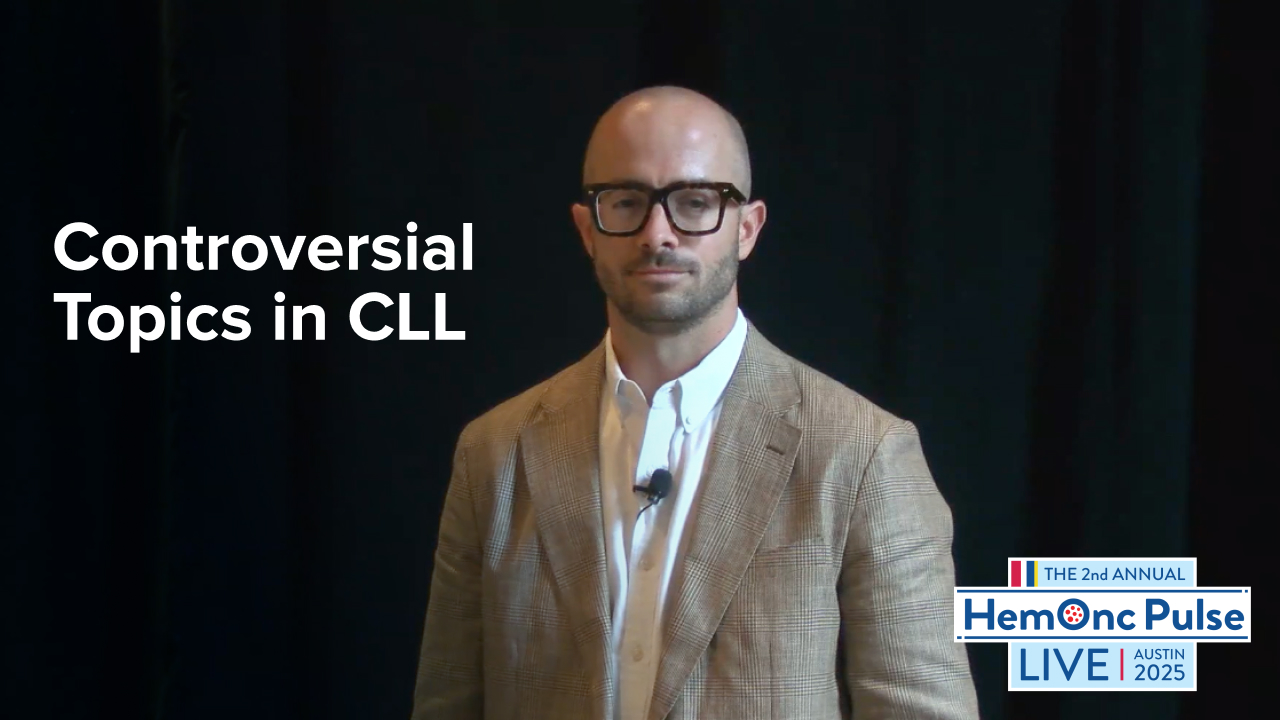
Ponatinib demonstrated long-term efficacy and manageable safety in patients with highly resistant, chronic phase chronic myeloid leukemia (CML), according to results of the phase II OPTIC trial.
The study was led by Jorge Cortes, MD, of the Georgia Cancer Center at Augusta University, and presented at the Twelfth Annual Meeting of the Society of Hematologic Oncology in Houston, Texas.
Two hundred eighty-three patients who were resistant to ≥2 tyrosine kinase inhibitors or harbored the BCR::ABL1 T315I mutation were randomized to receive one of three doses of ponatinib: 45 mg, 30 mg, or 15 mg once daily. In the 45 mg and 30 mg cohorts, doses were reduced to 15 mg for patients who achieved ≤1% BCR::ABL1IS.
The primary endpoint was ≤1% BCR::ABL1IS at one year. Secondary endpoints were survival and safety.
By four years, 60.2% (95% CI, 49.5–70.2) of patients achieved ≤1% BCR::ABL1IS in the 45 mg cohort, compared to 40.9% (95% CI, 30.8–51.5) in the 30 mg cohort and 39.6% (95% CI, 29.5–50.4) in the 15 mg cohort. In all cohorts, the median duration of response was not reached.
Of those who achieved ≤1% BCR::ABL1IS, 80.4% of patients in the 45 mg cohort and 71.1% in the 30 mg cohort had dose reductions to 15 mg. However, 86.7% in the 45 mg cohort and 55.6% in the 30 mg cohort lost ≤1% BCR::ABL1IS response and thus received dose re-escalations. Of those patients, 69.2% and 80% regained response, respectively.
The probability of progression-free survival (PFS) at four years was 72.5% in the 45 mg cohort, 62.7% in the 30 mg cohort, and 63.8% in the 15 mg cohort. The overall survival rates were 87.6% (95% CI, 78.6–92.9), 85.9% (95% CI, 76.4–91.7), and 87.6% (95% CI, 78.7–92.9), respectively.
Thrombocytopenia (27.3%) and neutropenia (17.7%) were the most common grade ≥3 treatment-emergent adverse events. The exposure-adjusted arterial occlusive event rates were 3.87% (95% CI, 1.45–6.30) in the 45 mg cohort, 3.66% (95% CI, 1.11–6.20) in the 30 mg cohort, and 1.73% (95% CI, 0.02–3.44) in the 15 mg cohort.
“These results support ponatinib’s robust long-term efficacy and manageable safety profile in patients with highly resistant [chronic phase] CML,” Dr. Cortes and colleagues wrote. “The ponatinib response-based dosing regimen of 45 mg with reduction to 15 mg based on response provided the optimal benefit-to-risk ratio.”
Reference
Cortes J, Deininger M, Lomaia E, et al. Dose-optimization study of 3 starting doses of ponatinib: long-term results from the OPTIC trial. Abstract #CML-425. Presented at the Twelfth Annual Meeting of the Society of Hematologic Oncology; Sept. 4-7, 2024; Houston, Texas.






 © 2025 Mashup Media, LLC, a Formedics Property. All Rights Reserved.
© 2025 Mashup Media, LLC, a Formedics Property. All Rights Reserved.